Understanding Available Legal Options
Depending on your personal situation and immigration history, you may be eligible for one or more forms of relief. Here are some of the most common legal options described:
What is Asylum:
Asylum is a legal protection that allows people who have fled their countries due to persecution based on race, religion, nationality, membership in a particular social group, or political opinions to remain in the United States.
Requirements:
You must demonstrate that you have been persecuted or have a well-founded fear of persecution in your country of origin.
Process:
Submit an asylum application (Form I-589) and attend an asylum interview or an immigration court hearing.
What is Cancellation of Removal:
This relief allows certain undocumented immigrants or lawful permanent residents who meet specific requirements to request the cancellation of their removal and obtain permanent residency.
Requirements for Undocumented Immigrants:
Have lived in the U.S. for at least 10 years, have good moral character, and demonstrate that their removal would cause extreme and unusual hardship to a U.S. citizen or lawful permanent resident.
Requirements for Permanent Residents:
Have been a lawful permanent resident for at least 5 years, have lived in the U.S. for at least 7 years after being admitted, and have not been convicted of certain offenses.
What is Deferred Action:
Deferred action is a discretionary government policy that defers an individual’s removal and allows them to obtain work authorization.
Requirements:
Vary according to the specific program, such as DACA (Deferred Action for Childhood Arrivals), which benefits certain undocumented immigrants who arrived in the U.S. as children.
What is Stay of Removal:
It is a request to temporarily halt removal while another form of relief is considered or while awaiting a decision on an appeal.
Process:
Submit a request to the Department of Homeland Security (DHS) or the immigration court.











